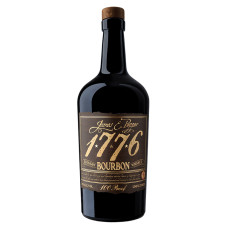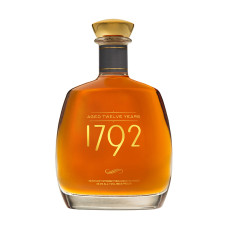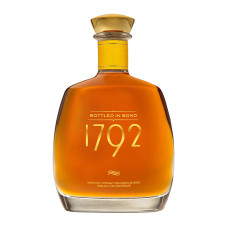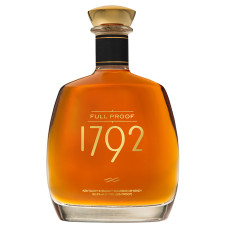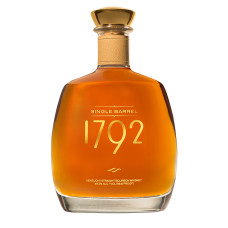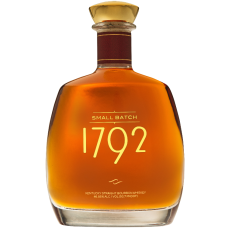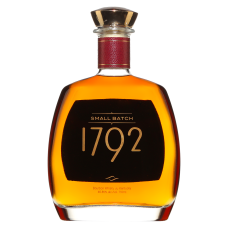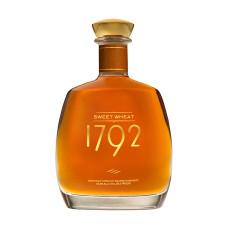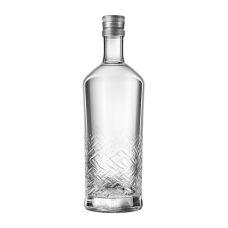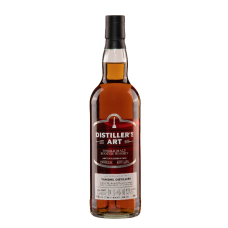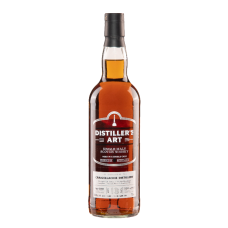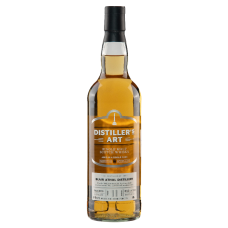Whiskey
Scotch Whiskey
Whisky has its origins in Scotland, where barley grew abundantly. The Picts, ancestors of the Scots, used barley to brew beer. When Irish monks came to Scotland to convert the Picts to Christianity, they taught them how to distill the beer into whisky.
For centuries, whisky was produced by small farmers and distillers. But high taxes led many to operate illegal stills, producing moonshine whisky. By the early 19th century, there were far more illegal stills than licensed ones. A more reasonable licensing fee in 1823 allowed legal distilleries to thrive. Some of these, like Glenlivet, had been making whisky illegally for years.
Early legal distilleries used traditional methods. They made whisky from malted barley dried over peat fires and distilled it twice in copper pots. In the 1830s, the column still was invented, allowing cheaper production of lighter whisky from unmalted grains. Whisky blenders found that mixing this grain whisky with the rich, flavorful malt whisky produced a more affordable product that sold very well. Blended whisky came to dominate the market.
In recent decades, single malt whisky from one distillery has made a comeback, though blends remain more popular worldwide. There are also "blended malts" - mixes of single malts with no grain whisky added.
Scotland's whisky regions each produce distinctive styles. The Highlands offer everything from rich and sweet to floral. Speyside malts appeal to Bourbon drinkers. Island malts have a briny character. Islay malts are very smoky and medicinal. Lowland malts are light and floral. Despite being made from just water and barley, the incredible diversity of flavors across Scotland's distilleries makes tasting them all an adventure.
North American Whiskies
North American whiskies are made from a mash bill of grains like corn, rye, wheat, and barley. The grains are mixed in different proportions depending on the type of whiskey. The whiskies are distilled and then aged in wooden barrels.
Most North American whiskies are distilled using column stills. By law, they must be made from grain, distilled below a certain alcohol level, aged in oak, and bottled at minimum proofs.
There are several classifications based on the grain type, alcohol level, and aging:
- Bourbon must be at least 51% corn and aged in new charred oak barrels. It has a sweet, spicy oak taste.
- Tennessee Whisky is similar but filtered through sugar maple charcoal for smoothness.
- Rye Whisky contains at least 51% rye. It has a spicy, grainy flavor.
- Blended American Whisky combines straight whiskey with neutral spirits. Craft distillers make blends without neutral spirits.
- Corn Whisky must be at least 80% corn. Moonshine is unaged corn whiskey.
- Canadian Whisky uses more wheat and barley than rye despite the name. It's lighter bodied.
Whisky production started in America when British settlers brewed beer and distilled rum and fruit brandy. Scotch-Irish immigrants brought distilling skills and made whiskies using rye or corn. Bourbon originated in Kentucky, where the limestone water and corn were ideal. It was named after Bourbon County. Tennessee whisky is similar but uses final charcoal filtering. Rye Whisky was historically made in Pennsylvania and Maryland. Blended whiskies appeared in the 1800s. Despite ups and downs, small batch and craft whiskies show American whiskey continues to thrive.
Irish Whiskey
The origins of Irish whiskey are unclear, but distilling likely started with monks making medicinal spirits in monasteries. By the 1500s, barley whiskey was being produced, with Queen Elizabeth I known to enjoy it. In 1661, taxes led to illegal "poteen" moonshine production. By the 1800s, there were over 2000 legal stills, making whiskey for export.
Irish whiskey outsold Scotch globally because of its lighter body. But Irish distillers were slow to adapt to blended Scotch's popularity. When Prohibition blocked the US market, many distilleries closed. The Great Depression, trade issues, and WWII caused further decline.
By 1966, just three distillers remained, merging into Irish Distillers Company (IDC), which later acquired Northern Ireland's Bushmills. In 1975 IDC opened a massive new distillery, closing all others in the Republic. For 14 years, just two distilleries operated on the whole island.
In 1989 a new distillery opened in Dundalk, starting the revival of Irish whiskey. Today's Irish whiskeys use both pot and column stills, with some exclusively pot distilled. They are usually triple distilled. Irish Pure Pot Still, Irish Malt, and standard Irish whiskies indicate the blend of distilling methods.

